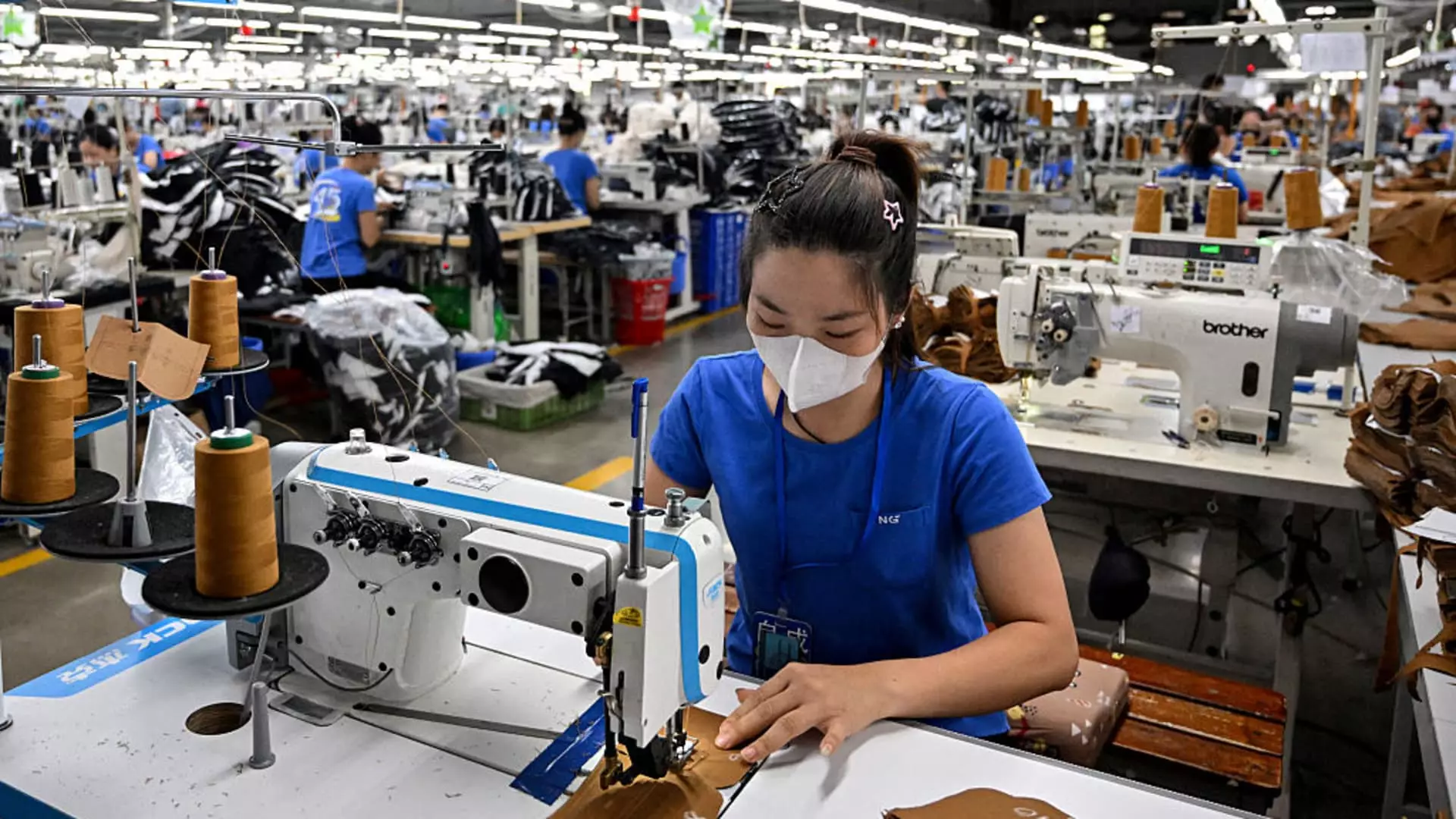In a bold move that underscores the complexities and contradictions of modern trade policy, President Donald Trump announced a new trade arrangement with Vietnam. While touting the deal as a triumph for American industry, the details reveal a layered strategy that raises questions more than it answers. At its core, the agreement proposes a 20% tariff on Vietnamese imports—an unusual tariff level designed ostensibly to protect domestic markets but also serving as a tool to combat transshipment practices. The deal promises that Vietnam will have tariff-free access to U.S. markets, yet it simultaneously imposes a 40% tariff on goods originating elsewhere but rerouted through Vietnam. This dynamic hints at a strategic effort to counteract circumvention tactics employed by global players like China, which has historically used Vietnam as a transit hub for transshipment.
What becomes clear is that the U.S. is recalibrating its trade relationships with a focus on enforcement and tariffs that serve multiple agendas. The unilateral nature of declaring Vietnam “will pay” the 20% tariff glosses over the reality that tariffs are ultimately paid by U.S. consumers and businesses. The economic logic suggests that these measures are less about genuinely protecting domestic industries and more about asserting leverage—an approach that exposes the fragility of supply chains and global trade interconnectedness. Put simply, the architecture of this deal highlights a case where policy is driven not just by economic principles but by geopolitical posturing, risking long-term stability for short-term signals.
The Political Economy of Tariffs: Winners, Losers, and Hidden Costs
The announcement comes at a particularly volatile juncture, just before the expiration of a 90-day tariff freeze that temporarily lowered duties on many goods from around the world. During this window, Vietnam’s imports, previously taxed at up to 46%, were significantly reduced to 10%, creating a fleeting reprieve for importers. Now, with tariffs set to climb back to 20%, the ripple effects are poised to trickle through the economy. Importers will face higher costs, and these costs—whether absorbed or passed on—are likely to affect U.S. consumers through higher prices and reduced choices.
Critics argue that these tariffs are a double-edged sword: while they are painted as protecting American jobs, they often serve internal political purposes or serve as leverage in broader negotiations. The measurable impact on prices appears modest initially, according to recent analyses, but the long-term consequences could be a steady rise in everyday expenses. Retailers, for example, might see an 8% increase on certain items with just a 10% tariff, and the higher tariffs could escalate that inflationary trend exponentially.
The political narrative surrounding tariffs tends to be black-and-white, but the reality is far more shades of gray. The increased tariffs generate billions in revenue for the U.S., yet they threaten to smother the supply chains that many American industries rely on. Import-dependent sectors, particularly those involving consumer goods like apparel, footwear, and electronics, may feel the pinch more acutely as companies preempt price hikes by stockpiling goods or shifting production elsewhere. This strategic maneuvering underscores an overarching dilemma: the tariffs may impose immediate pressure but at the cost of a potentially destabilizing economic environment.
Strategic Risks and the Future of U.S. Trade Policy
What truly makes this deal troubling from a center-liberal perspective is its underlying unpredictability. Trump’s departure from consistent, predictable trade policy injects uncertainty into global markets. While a degree of assertiveness is necessary in defending fair trade practices, the randomness with which tariffs are imposed, adjusted, or revoked could undermine America’s own economic stability in the long run.
The broader implications are unsettling. The U.S.’s reliance on tariffs as a strategic tool signals a retreat from constructive engagement and cooperation into a model of brinkmanship. Such policies risk alienating allies and trading partners who may retaliate or seek to diversify away from American markets altogether. The delicate balance of global trade becomes increasingly fragile when measures like these are wielded as political bricks rather than as part of a coherent economic strategy rooted in mutual benefit.
In this climate, the question emerges: are we cultivating a resilient, fair trading relationship or merely engaging in a transient power play that threatens to escalate into trade wars? From a center-liberal stance, the answer leans toward the latter. It emphasizes the importance of diplomacy rooted in fairness and multilateral cooperation, rather than unilateral tariffs that destabilize markets and obscure long-term growth prospects. The Vietnam tariff deal exemplifies the zero-sum mindset that risks undermining the very economic stability it claims to protect, spotlighting the urgent need for more collaborative and transparent trade policies.

Leave a Reply